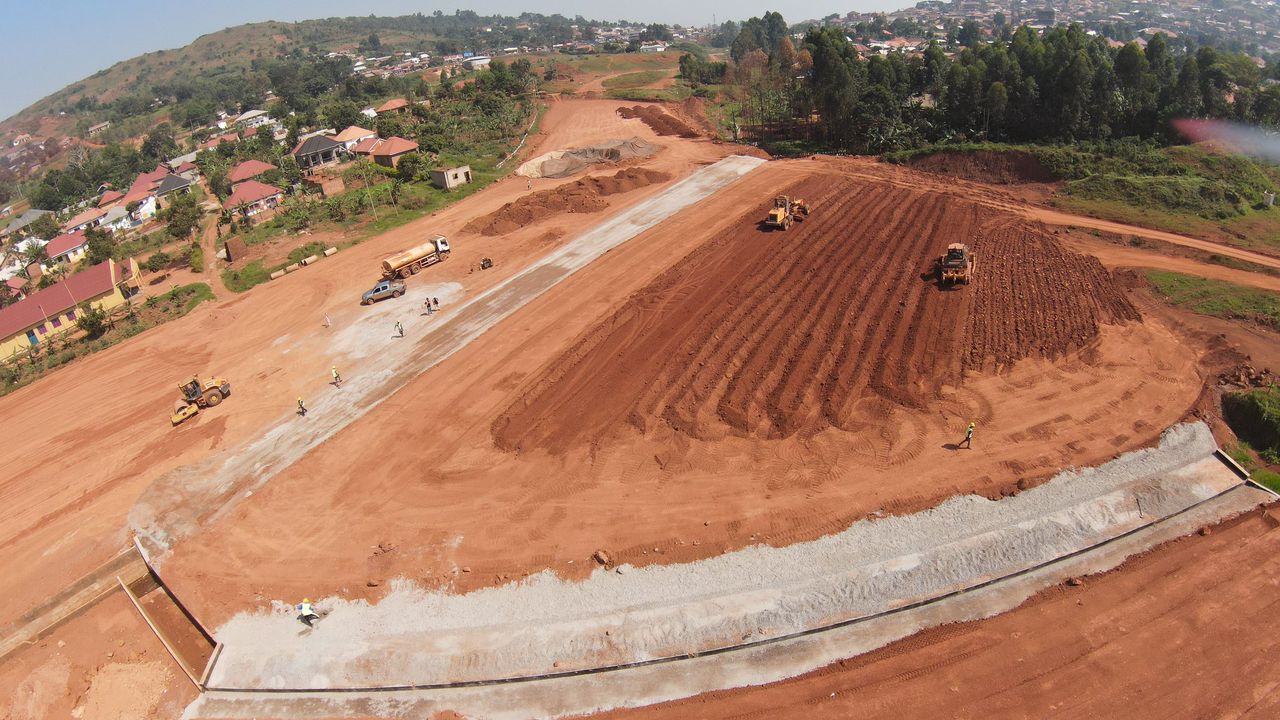
The Benefits of Using Concrete for Long-lasting Infrastructure
Concrete has been a cornerstone of construction for centuries, and for good reason. Its versatility, durability, and sustainability make it the ideal choice for building infrastructure that stands the test of time. From bridges and highways to dams and culverts, concrete plays a vital role in creating structures that support modern life. Here are some key benefits of using concrete for long-lasting infrastructure:
1. Exceptional Durability
Concrete is renowned for its strength and resilience. It can withstand extreme weather conditions, heavy loads, and even natural disasters like earthquakes and floods. Unlike other materials that may weaken over time, concrete’s properties allow it to maintain its structural integrity for decades with minimal maintenance.
- Resistant to Wear and Tear: Concrete resists abrasion, erosion, and chemical damage, making it ideal for high-traffic areas such as roads and bridges.
- Longevity: Properly constructed and maintained concrete structures can last for over a century, significantly reducing the need for replacement.
2. Cost-Effectiveness Over Time
While the initial cost of concrete may be higher than some alternatives, its long lifespan and minimal maintenance requirements make it a cost-effective choice in the long run.
- Low Maintenance Costs: Concrete structures require fewer repairs and upkeep compared to materials like wood or asphalt.
- Reduced Replacement Frequency: Concrete’s durability ensures that infrastructure investments yield returns over an extended period, saving resources and money.
3. Versatility in Applications
Concrete can be molded into virtually any shape, size, or form, making it suitable for a wide range of infrastructure projects.
- Bridges and Overpasses: Concrete can support massive loads and provide stability for critical transportation networks.
- Dams and Reservoirs: Its impermeability and strength make it the perfect material for water storage and flood control.
- Buildings and Foundations: Concrete provides a solid base for skyscrapers, residential buildings, and industrial facilities.
4. Environmental Benefits
Concrete is an eco-friendly material, especially when produced using modern, sustainable methods.
- Recyclability: Concrete can be crushed and reused as aggregate for new construction projects, reducing waste.
- Thermal Efficiency: Concrete’s thermal mass helps regulate indoor temperatures, reducing energy consumption for heating and cooling.
- Carbon Capture: Innovations in concrete production now allow it to absorb carbon dioxide during its lifecycle, offsetting some of its environmental impact.
5. Resistance to Natural Elements
Concrete is designed to endure the harshest conditions, making it a reliable choice for infrastructure exposed to the elements.
- Weather Resistance: Concrete is impervious to rain, snow, and extreme temperatures, unlike materials that may warp or degrade.
- Fireproof Properties: Concrete does not burn, providing an additional layer of safety for critical infrastructure.
- Corrosion Resistance: Modern concrete formulations can resist damage from chemicals and salt, which is especially important in coastal or industrial areas.
6. Enhances Public Safety
Concrete's inherent strength and stability contribute to the safety of infrastructure.
- Secure Foundations: Roads, bridges, and buildings constructed with concrete provide dependable support for vehicles and pedestrians.
- Disaster Mitigation: Concrete structures like storm shelters and flood barriers protect communities during emergencies.
7. Aesthetic Appeal and Design Flexibility
Beyond its functional benefits, concrete also offers aesthetic possibilities.
- Customizable Appearance: Stamped, stained, or polished concrete can enhance the visual appeal of public spaces and buildings.
- Architectural Innovation: Iconic designs like domes, arches, and cantilevers are made possible through concrete's flexibility.
Conclusion
Concrete remains the backbone of modern infrastructure for good reason. Its unmatched durability, cost-effectiveness, and adaptability make it the material of choice for building structures that last for generations. By investing in concrete infrastructure, governments, businesses, and individuals can ensure a safer, more sustainable, and economically viable future.


Concrete is tough and built to last, which makes it great for infrastructure. But with so many options now, is concrete still the best long-term choice for all types of projects?
Owensboro Concrete Contractors
2025-07-21 02:44:03